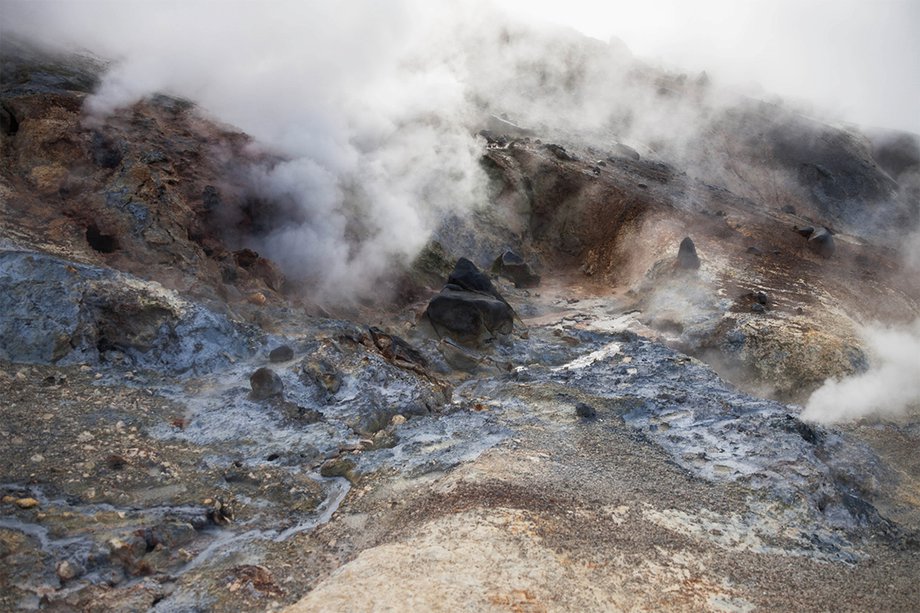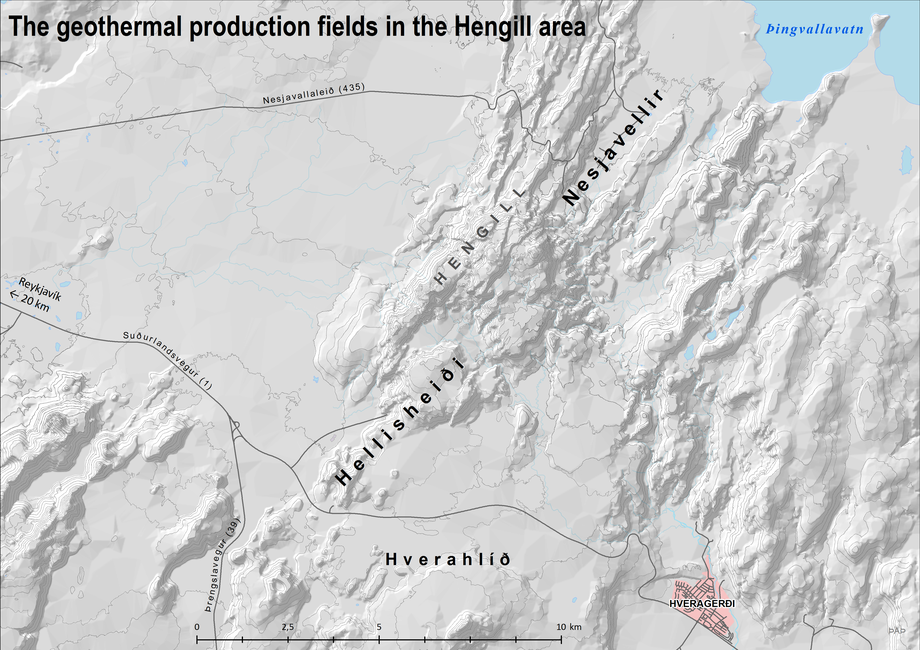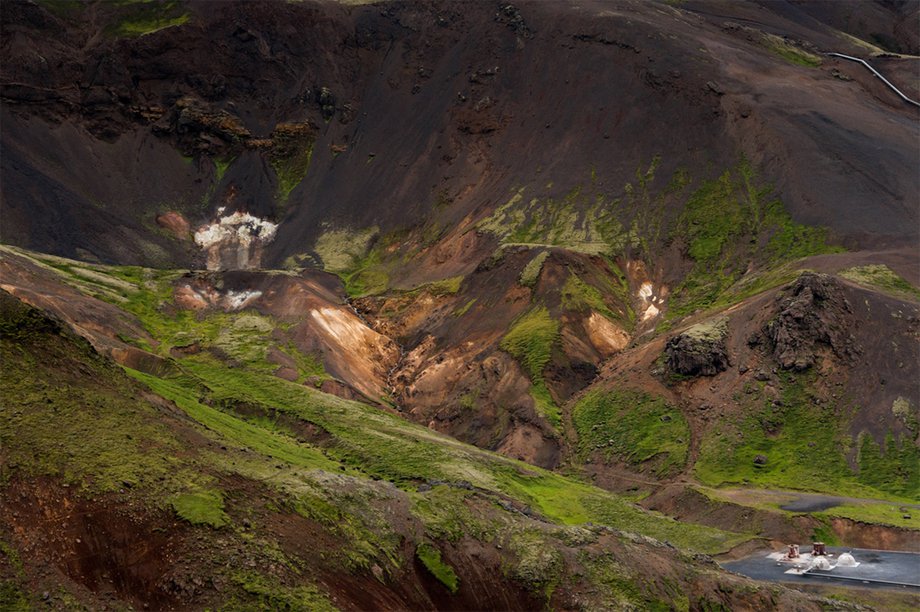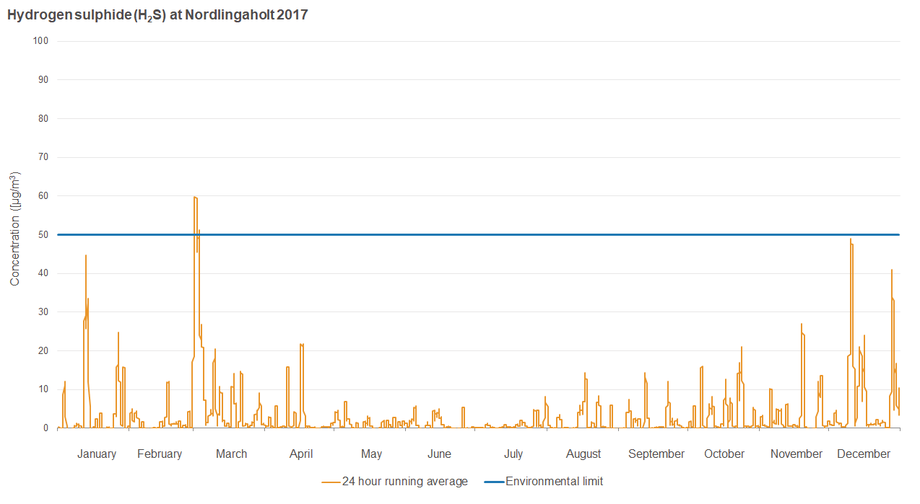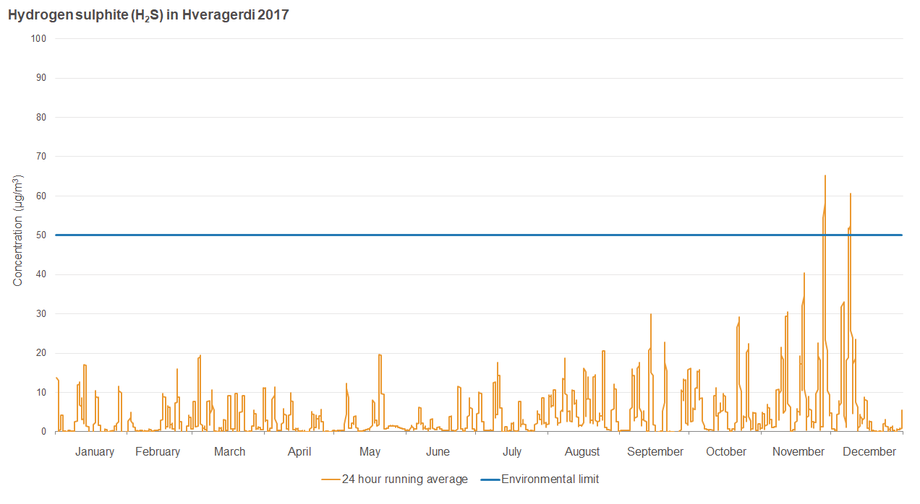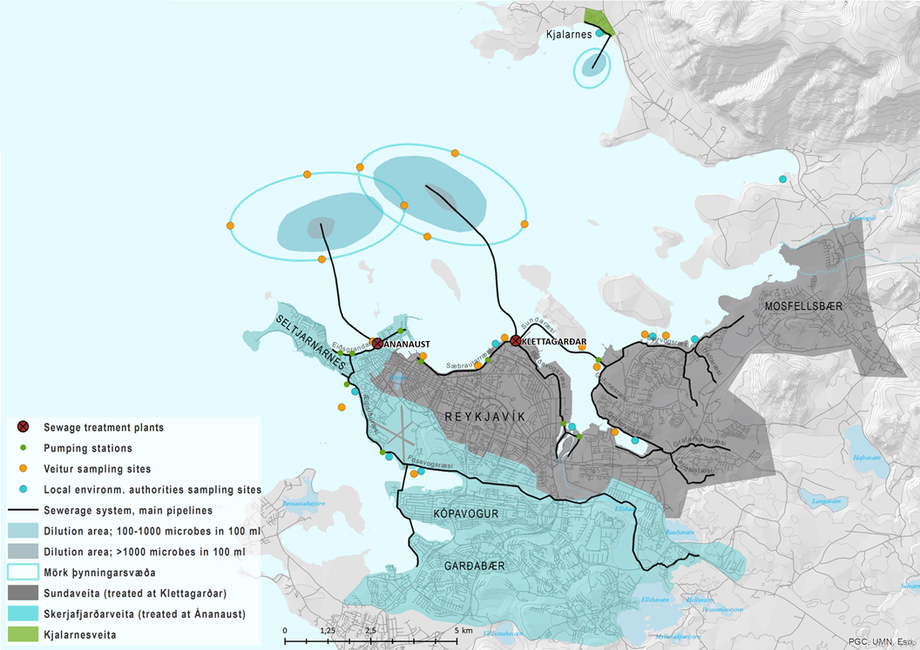In 2017 Veitur Utilities, one of Reykjavik Energy’s subsidiary, ensured the supply of potable water to the residents and business community in the distribution area, in accordance with established quality standards and the statutory and regulatory provisions of Veitur Utilities, see appendices.
Veitur Utilities operate thirteen water utilities, and the water is used in the Reykjavik capital area as well as in West and South Iceland. ON Power, one of Reykjavik Energy’s subsidiary, has two water sources, see appendices. The water utilities’ distribution system caters for up to 45% of the nation. Preventive measures are systematically worked on and the quality of the water is monitored.
In 2017 all of the samples that were taken in Reykjavik municipality met quality requirements. Bacteria, which exceeded the quality limit, were found in one sample in West Iceland, but when the sampling was repeated the sample fulfilled quality requirements. Otherwise all samples taken in West and South Iceland met quality requirements, see appendices.
Heidmörk is Veitur Utilities’ main water extraction field for the capital area and this water production is based solely on pure and untreated groundwater. Veitur Utilities keeps the water protection area under surveillance, including the transport of oil and petrol, along with other hazardous substances, see appendix. Water conservation is delimited around the water sources. The Reykjavik Energy Group strongly emphasises water conservation to ensure future generations can enjoy the natural quality of wholesome and untreated water.
Apart from potable water use, a large volume of water is used for the geothermal power plants’ operations and cooling of equipment.












